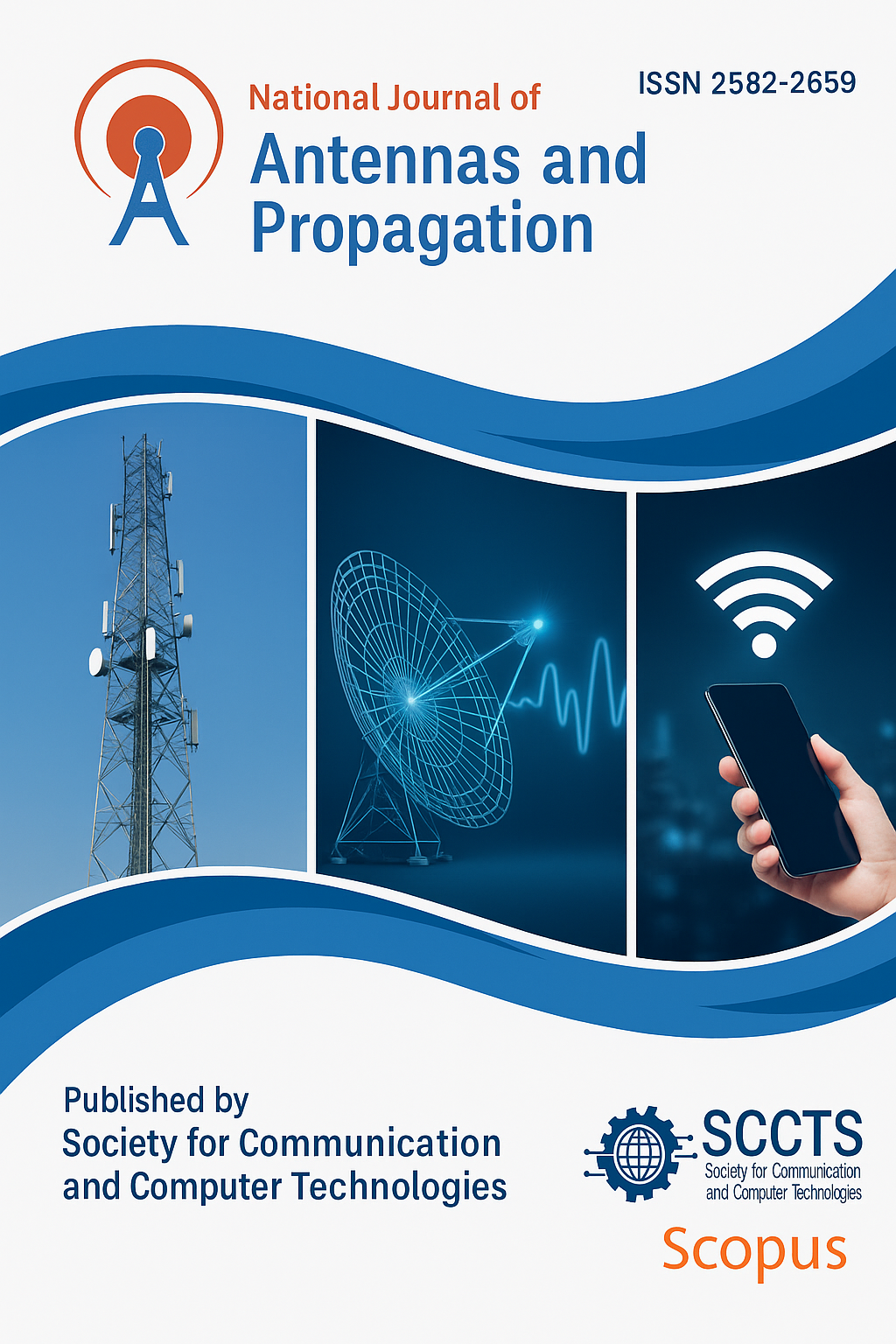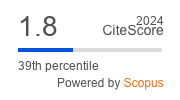Directing Techniques for High Frequency Antennas for Use in Next Generation Telecommunication Countries
DOI:
https://doi.org/10.31838/NJAP/06.01.07Keywords:
Antenna Tracking; Communication Networks; mmWave; Signal Quality; Wireless TechnologyAbstract
This work examines a number of beamforming techniques used for antennas operating at mmWave frequencies on high-frequency communications networks such as the fifth generation and beyond. Since mmWave has higher frequencies, it also provides far higher
bandwidth and thus increased data rate and capacity. These advantages on the other hand are associated with disadvantages such as higher path loss and higher probability of obstruction. This work considers different forms of beamforming ; namely; analog, digital
and hybrid for enhancing the quality of signals in systems using mmWave. Drawing out the pros and cons of the overall complexity, energy usage and efforts to maximize operational capabilities, we propose effective strategies for the various network conditions. Further, analysis of antenna placement, namely array configuration and element spacing, is provided in relation to actual beamforming effectiveness in practice, illustrating that various design factors cannot be overlooked. We use simulation and field trials to show that with recently proposed complex beamforming methods interferences can be handled and overall user experience is enhanced in highly dense urban settings. The studies show that it is possible to improve the performance of mmWave communication links, using adaptive beamforming techniques and machine learning, based on RSIs and CSI on the fly. The goal of this research is to contribute to the understanding of the imperatives of advanced beamforming techniques which are indispensable for the delivery of high speed, low latency new generation communication networks.











